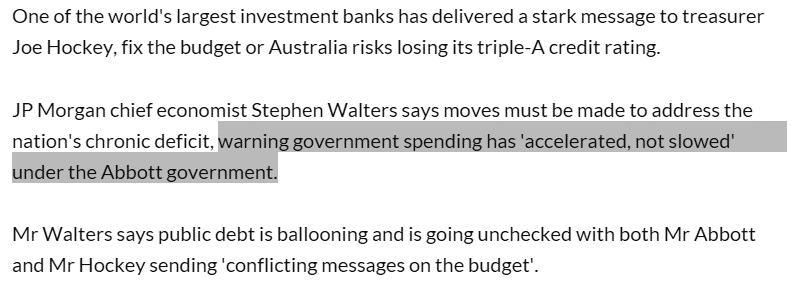The primary risks to sovereign credits include the possibility of disruptive changes to trade relations, diminished international capital flows, limits on migration that affect remittances and confrontational exchanges between policymakers that contribute to heightened or prolonged currency and other financial market volatility. The materialisation of these risks would provide an unfavourable backdrop for economic growth, putting pressure on public finances that may have rating implications for some sovereigns. Increases in the cost or reductions in the availability of external financing, particularly if accompanied by currency depreciation, could also affect ratings.
In assessing the global sovereign credit implications of policies enacted by the new US Administration, Fitch will focus on changes in growth trajectories, public finance positions and balance of payments performances, with particular emphasis on medium-term export prospects and possible pressures on external liquidity and sustainable funding. US positions on some countries may change quickly, at least initially, but any potential rating adjustments will depend on consequent changes to sovereign credit fundamentals, which will almost certainly be slower to materialise.
Elements of President Trump's economic agenda would be positive for growth, including the long-overdue boost to US infrastructure investment, the focus on reducing the regulatory burden and the possibility of tax cuts and reforms, assuming cuts don't lead to proportionate increases in the government deficit and debt. One interpretation of current events is that, after an early flurry of disruptive change to establish a fundamental reorientation of policy direction and intent, the Administration will settle in, embracing a consistent business- and trade-friendly framework that leverages these aspects of its economic programme, with favourable international spill-overs.
In Fitch's view, the present balance of risks points toward a less benign global outcome. The Administration has abandoned the Trans-Pacific Partnership, confirmed a pending renegotiation of the North American Free Trade Agreement, rebuked US companies that invest abroad, while threatening financial penalties for companies that do so, and accused a number of countries of manipulating exchange rates to the US's disadvantage. The full impact of these initiatives will not be known for some time, and will depend on iterative exchanges among multiple parties and unforeseen additional developments. In short, a lot can change, but the aggressive tone of some Administration rhetoric does not portend an easy period of negotiation ahead, nor does it suggest there is much scope for compromise.
Sovereigns most at risk from adverse changes to their credit fundamentals are those with close economic and financial ties with the US that come under scrutiny due to either existing financial imbalances or perceptions of unfair frameworks or practices that govern their bilateral relations. Canada, China, Germany, Japan and Mexico have been identified explicitly by the Administration as having trade arrangements or exchange rate policies that warrant attention, but the list is unlikely to end there. Our revision of the Outlook on Mexico's 'BBB+' sovereign rating to Negative in December partly reflected increased economic uncertainty and asset price volatility following the US election.
The integrative aspects of global supply chains, particularly in manufactured goods, means actions taken by the US that limit trade flows with one country will have cascading effects on others. Regional value chains are especially well developed in East Asia, focused on China, and Central Europe, focused on Germany.
Tighter immigration controls and possible deportations could have meaningful effects on remittance flows, as the US has the world's largest immigrant population. World Bank data confirm that the US and Mexico share the world's top migration corridor and have the largest bilateral remittance flows. Relative to GDP, remittances are even larger for Honduras, El Salvador, Guatemala and Nicaragua, all of which receive most inflows from the US.
Countries hosting US direct investment, at least part of which has financed export industries focused back on the US, are at risk of being singled out for punitive trade measures. The list of these countries is potentially long, since US-based entities account for nearly one-quarter of the stock of global foreign direct investment. Countries with the highest stock of US investment in manufacturing are Canada, the UK, Netherlands, Mexico, Germany, China and Brazil.










